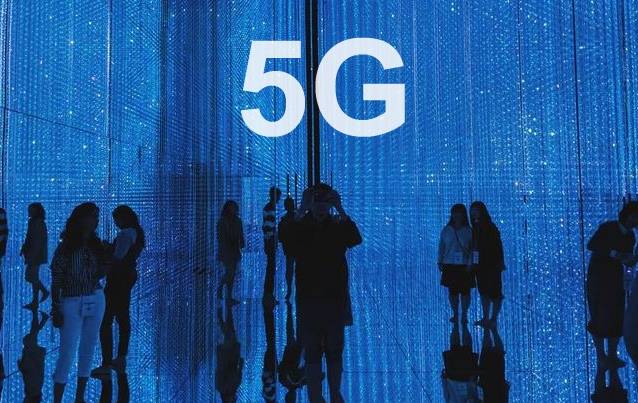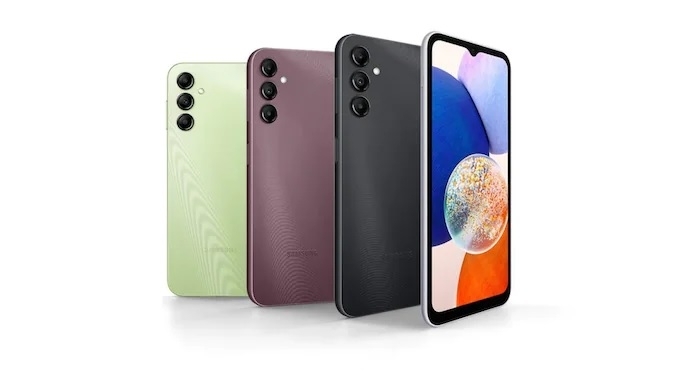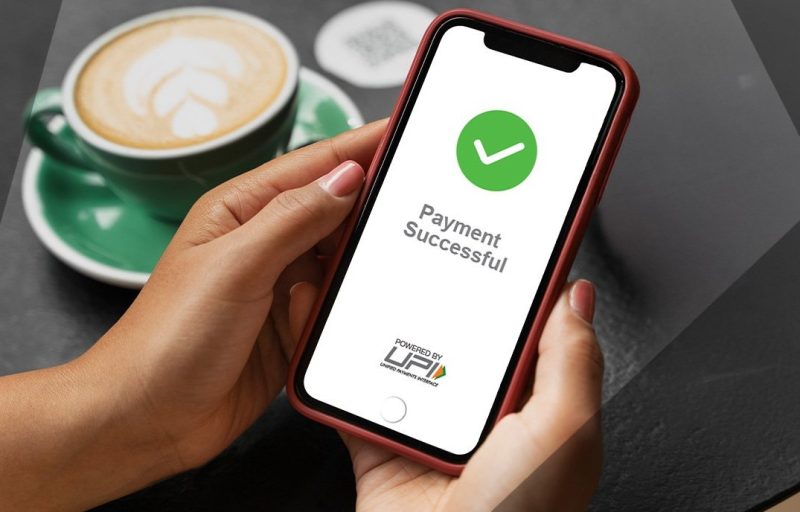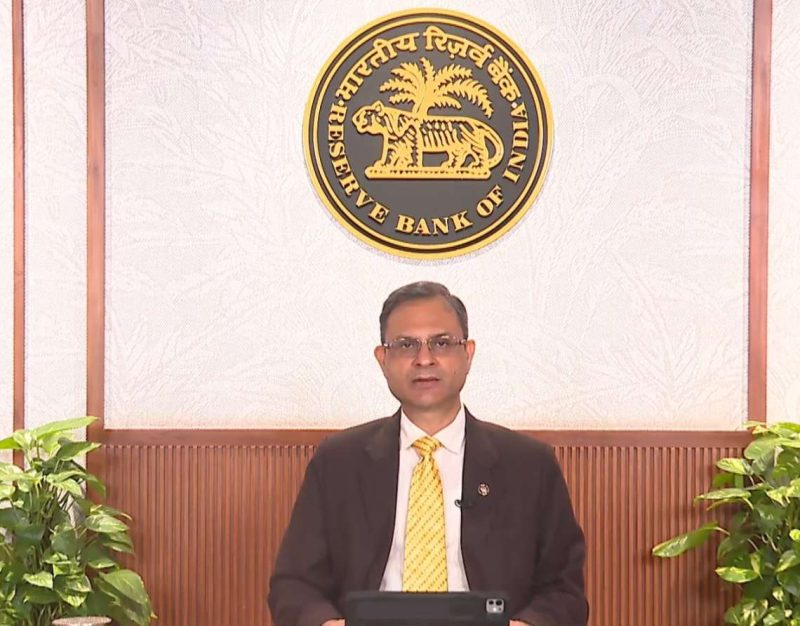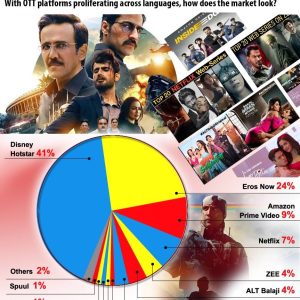Another report by Goldman Sachs Equity Research mentioned that 5G rollouts have not resulted in any “meaningful uptick in capex for telecom companies globally, and it foresees a similar trend in India”…writes Nishant Arora
As the Indian telecom operators plan to roll out 5G services as early as September-October on pilot basis in select circles, millions of Indian who have 5G-capable smartphones are concerned if they will have to shell out more money to access ultra-fast speed and better connectivity.
Just like 3G and 4G, telcos will soon announce dedicated 5G tariff plans and according to industry experts, consumers may pay more to access the 5G services on their devices.
Reliance Jio, Airtel and Vodafone Idea are currently tight-lipped, deliberating internally whether to opt for a substantial or a modest price hike for the end users, along with discussions on providing lucrative data bundling offers with smartphone makers when 5G roll out takes a better shape, according to sources.
However, the tariff plans will come down as usage increases, and more people embrace 5G networks especially in Metros where the initial demand will come.
“I think the 5G tariff war will be there but surely not aggressive as we saw in 2016. Operators have repeatedly mentioned possible data price adjustments to boost average revenue per user (ARPU),” Tarun Pathak, Research Director, Counterpoint Research, told IANS.
An immediate tariff war with the launch of 5G is unlikely, but it “will be competitive as India continues to be a price-conscious market,” he mentioned.

A recent report by Nomura Global Markets Research estimated that telecom service providers would have two options — either a modest 4 per cent incremental tariff hike on their overall subscriber base or a 30 per cent premium over 1.5 GB per day 4G plans.
“Historically, Indian telecom companies have refrained from charging a premium for 4G plans (vs 2G/3G data plans). With potentially higher speed on offer and likely initial uptake from premium customers (smartphones above Rs 15,000), there is a potential for telecom companies to charge a premium for 5G (vs 4G), in our view,” Nomura said in its report.
“5G tariff plans would be a key monitorable in the near term, and 5G premium (vs 4G) may provide the next leg of ARPU (average revenue per unit) uptick for the telecom companies,” it added.
Another report by Goldman Sachs Equity Research mentioned that 5G rollouts have not resulted in any “meaningful uptick in capex for telecom companies globally, and it foresees a similar trend in India”.
However, Prabhu Ram, Head-Industry Intelligence Group (IIG), CMR, feels that with the imminent roll-out of 5G services in the near horizon, “telecom operators will potentially seek to be aggressive in their 5G pricing plans to gain early consumer acceptance, and thereby, secure their leadership mantle in 5G”.
“As 5G use cases develop further, telecom operators will seek to potentially post further market share gains in 2023 owing to any potential market churn,” Ram told IANS.
The upgrade to 4G from 2G and 3G in the country was sluggish, and got a boost only after attractive data offerings led by Reliance Jio, which is again expected in the 5G era with a right mix of bundled offers with smartphone makers.
“We have been working closely with various telecom operators for over two years and have extensively tested most of our models for usability. Having a strong understanding of SA & NSA network bands, we have rolled out devices that support some of the most anticipated bands,” Muralikrishnan B, President, Xiaomi India, told IANS.
“This gives us the confidence that we will successfully be able to support, and lead the rollout of 5G solutions to millions of our users,” he added.
The installed base of smartphones with 5G capabilities has crossed 5 crore in the country.
“The success of 5G hinges on its premium pricing over 4G. However, reducing price disparity is key to a faster transition across categories A and B. Anticipated 4G tariff hike this fiscal and 5G premium offering in the next will elevate ARPU to Rs 185-Rs 190, though it will still be lower than the ARPU of Rs 203 seen in the fourth quarter (Q4) of FY21-22 for private players in metro circles alone,” explains CRISIL Ratings in its report.
Airtel CTO Randeep Sekhon said recently in reports that globally, there’s not a major difference between 5G and 4G tariffs.
“We expect 5G plans in India to be similar to 4G tariffs,” he had said.


